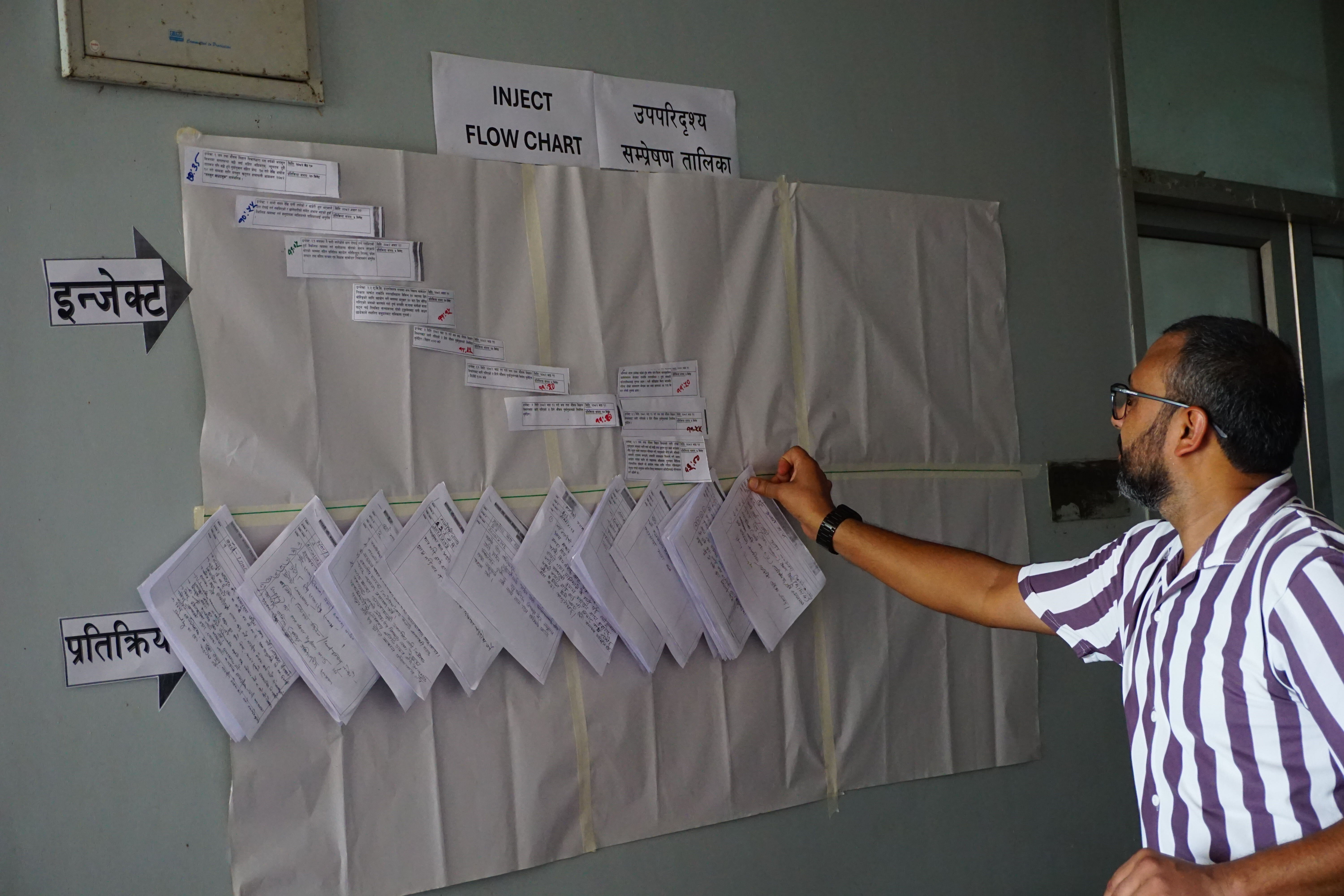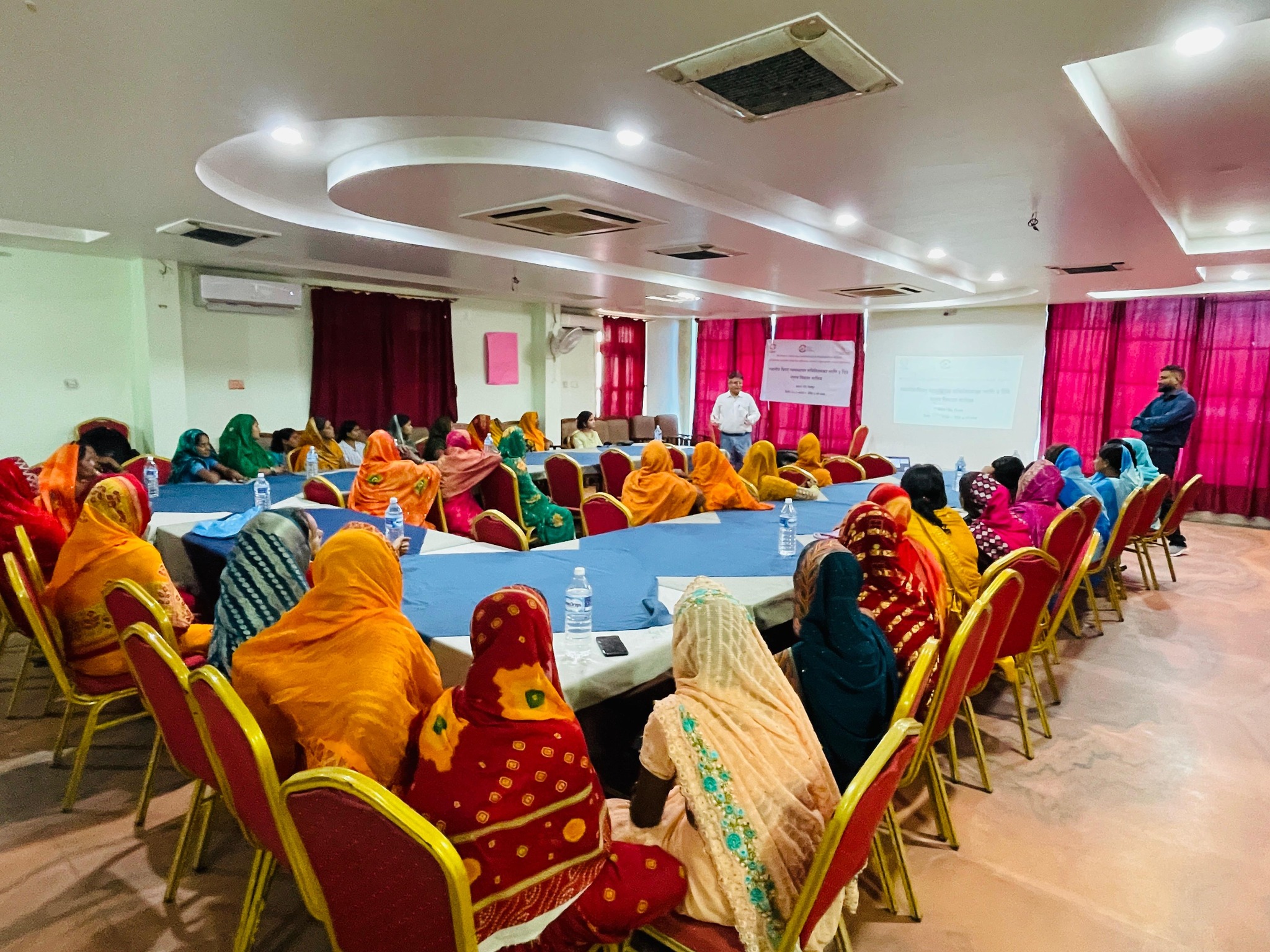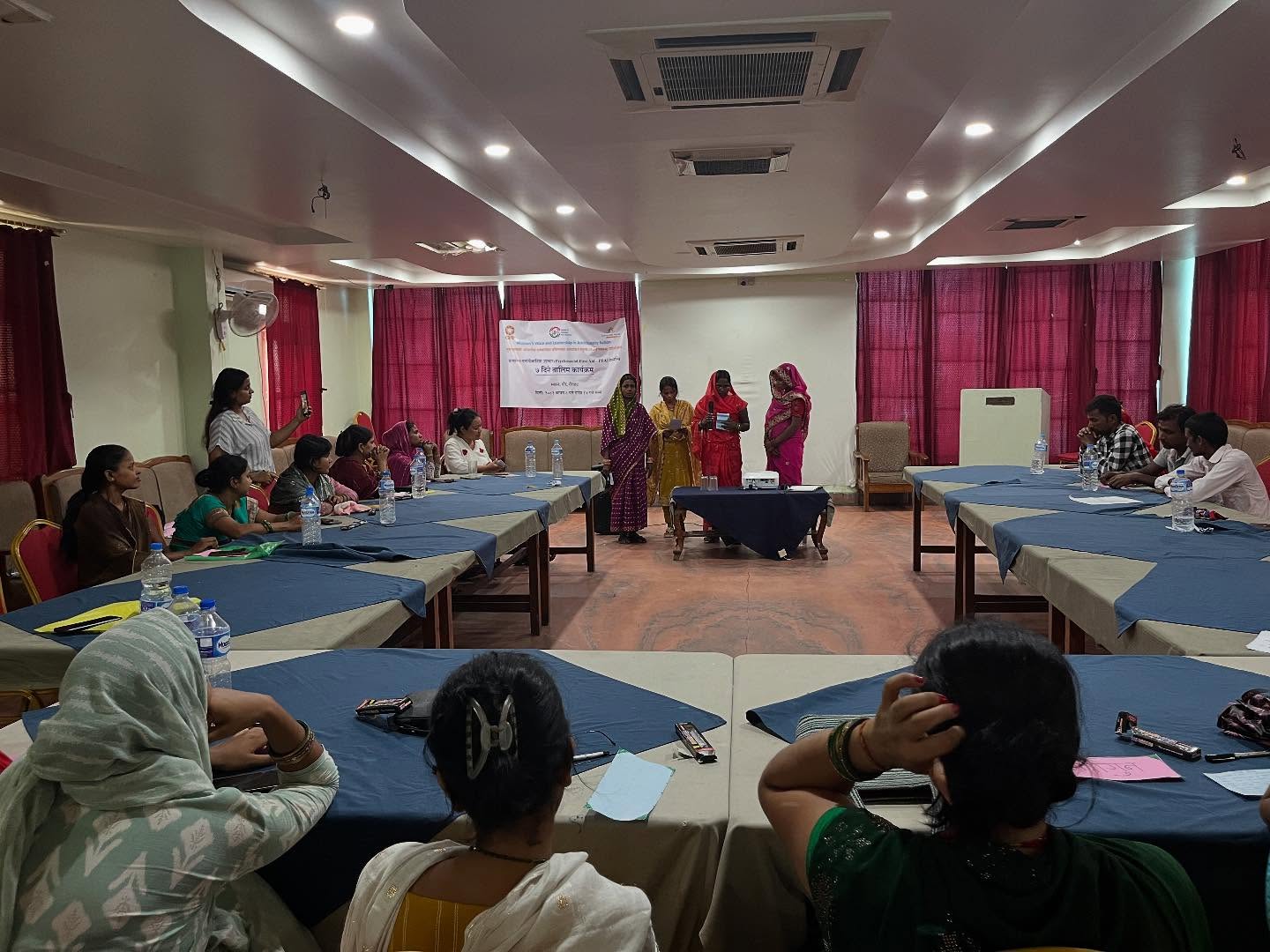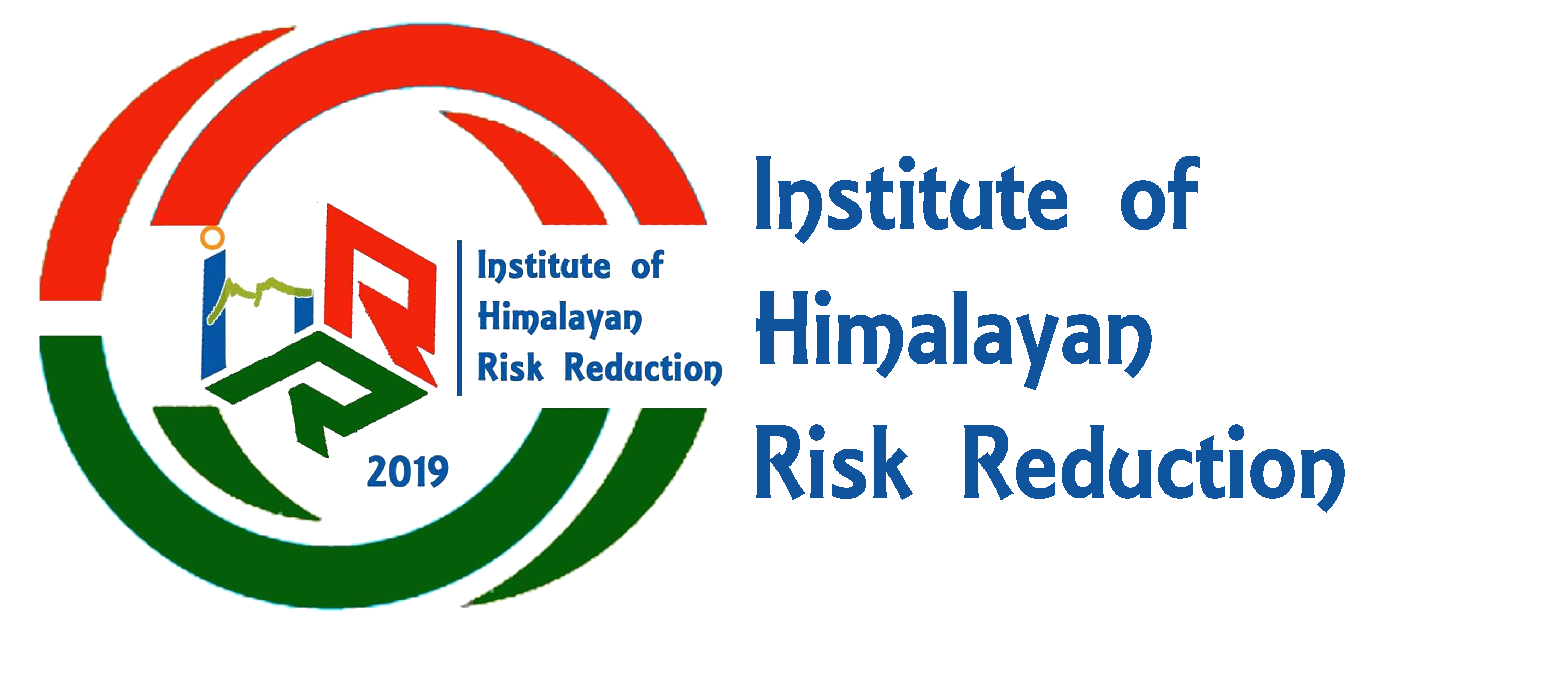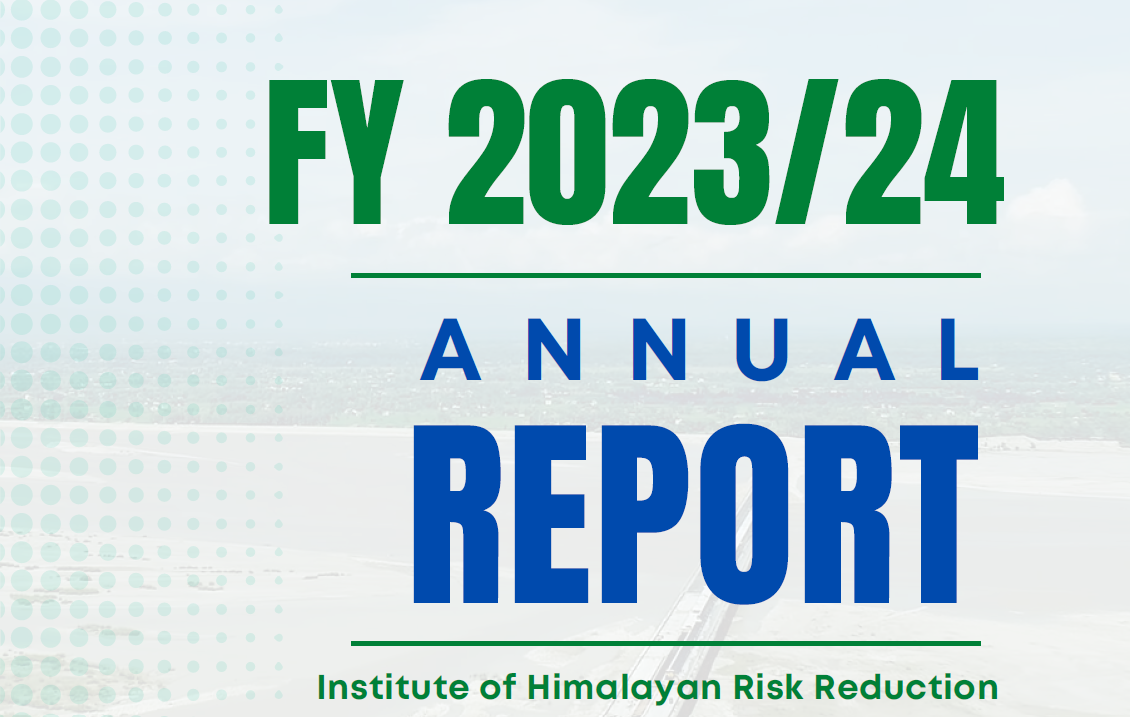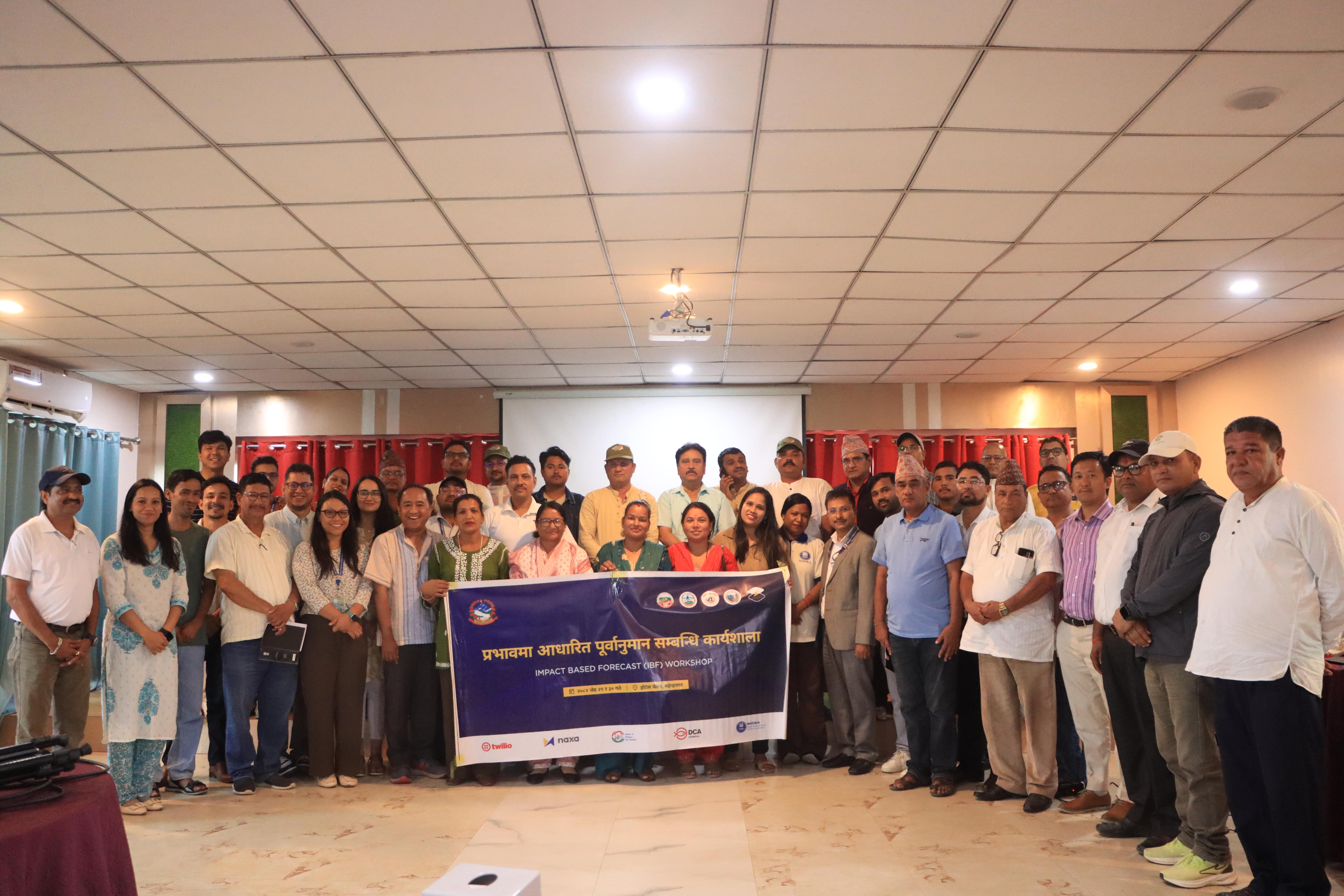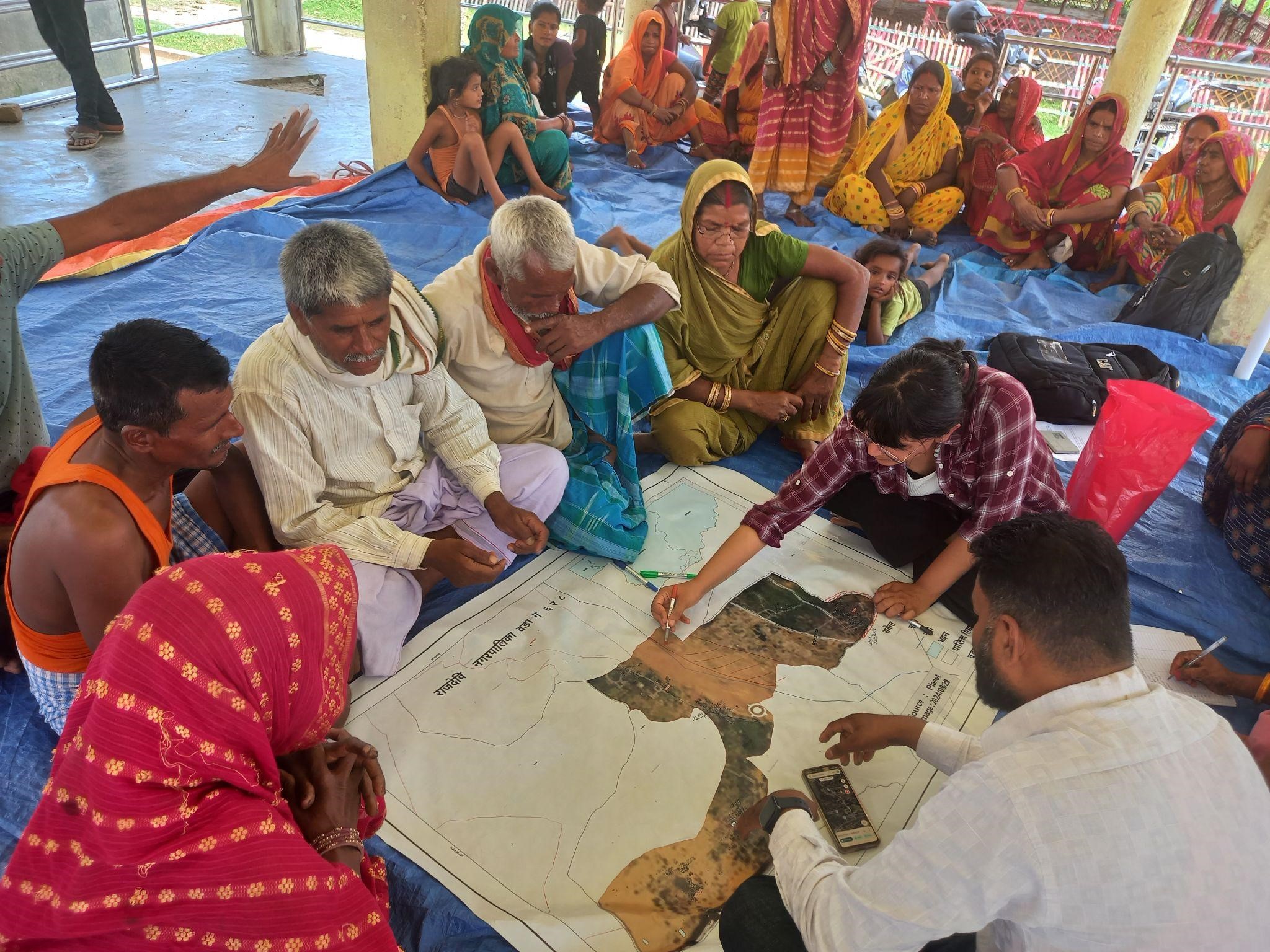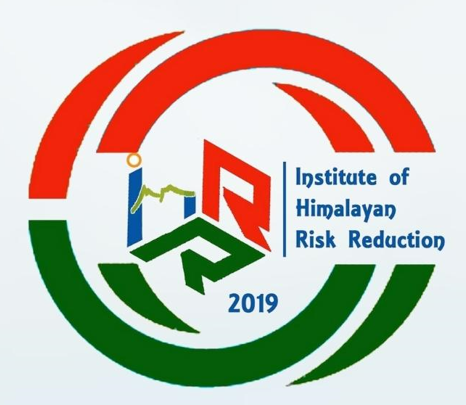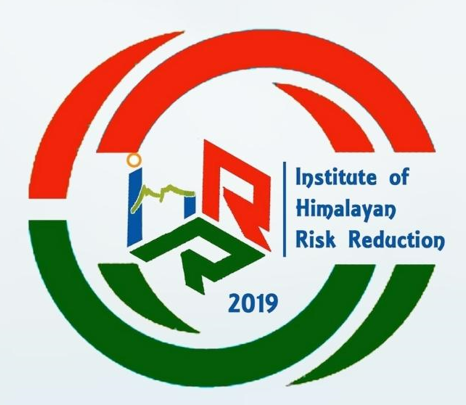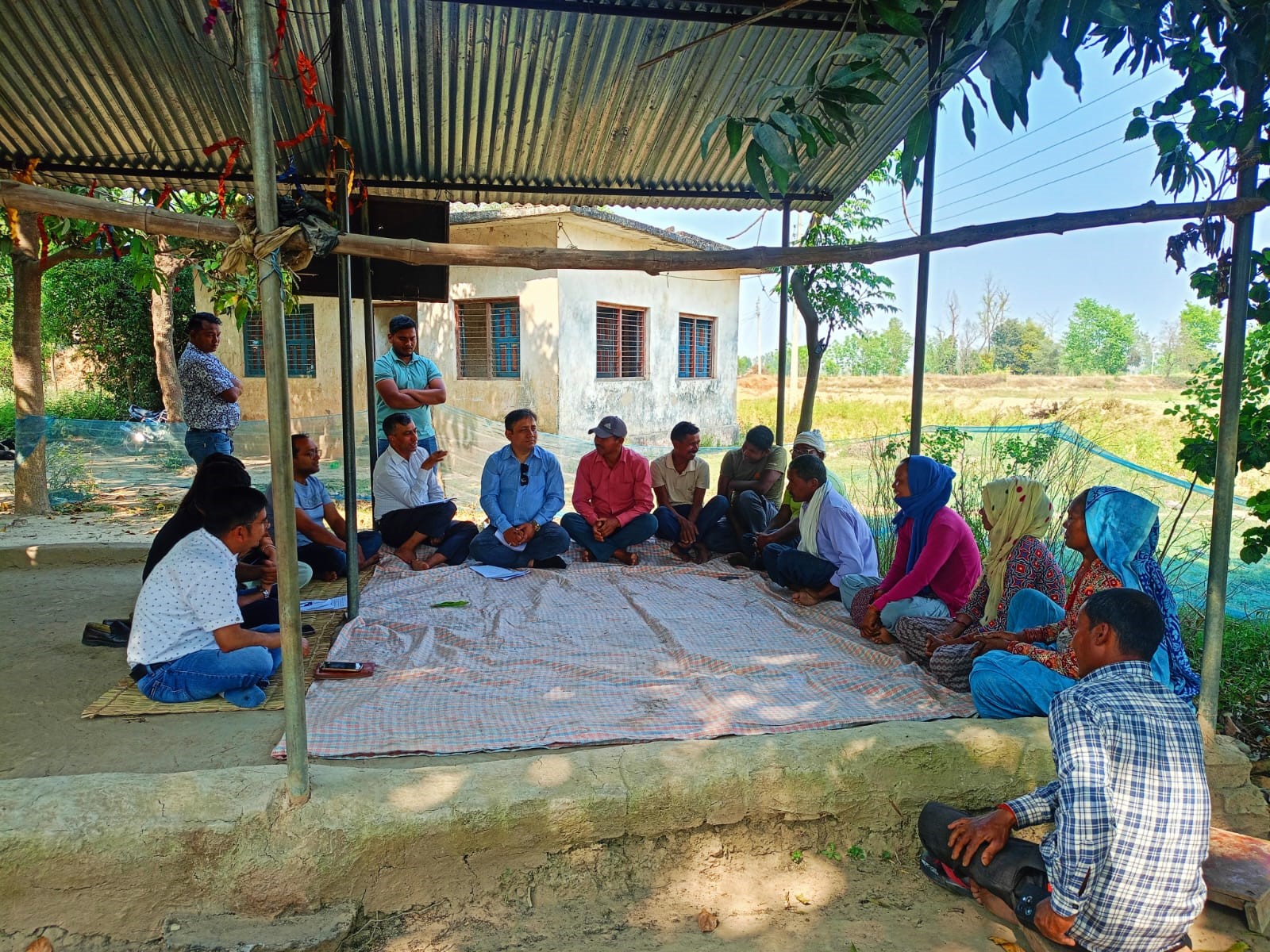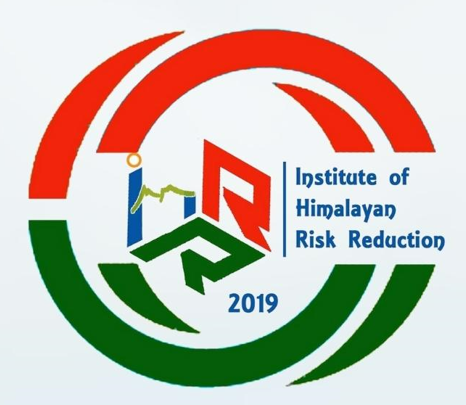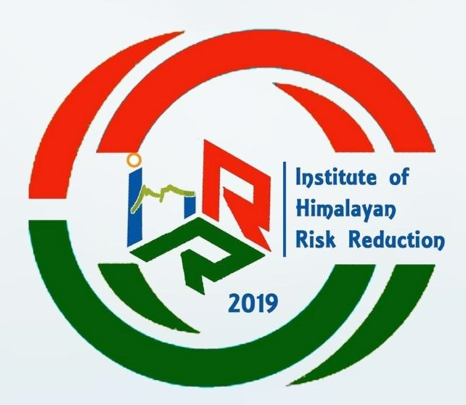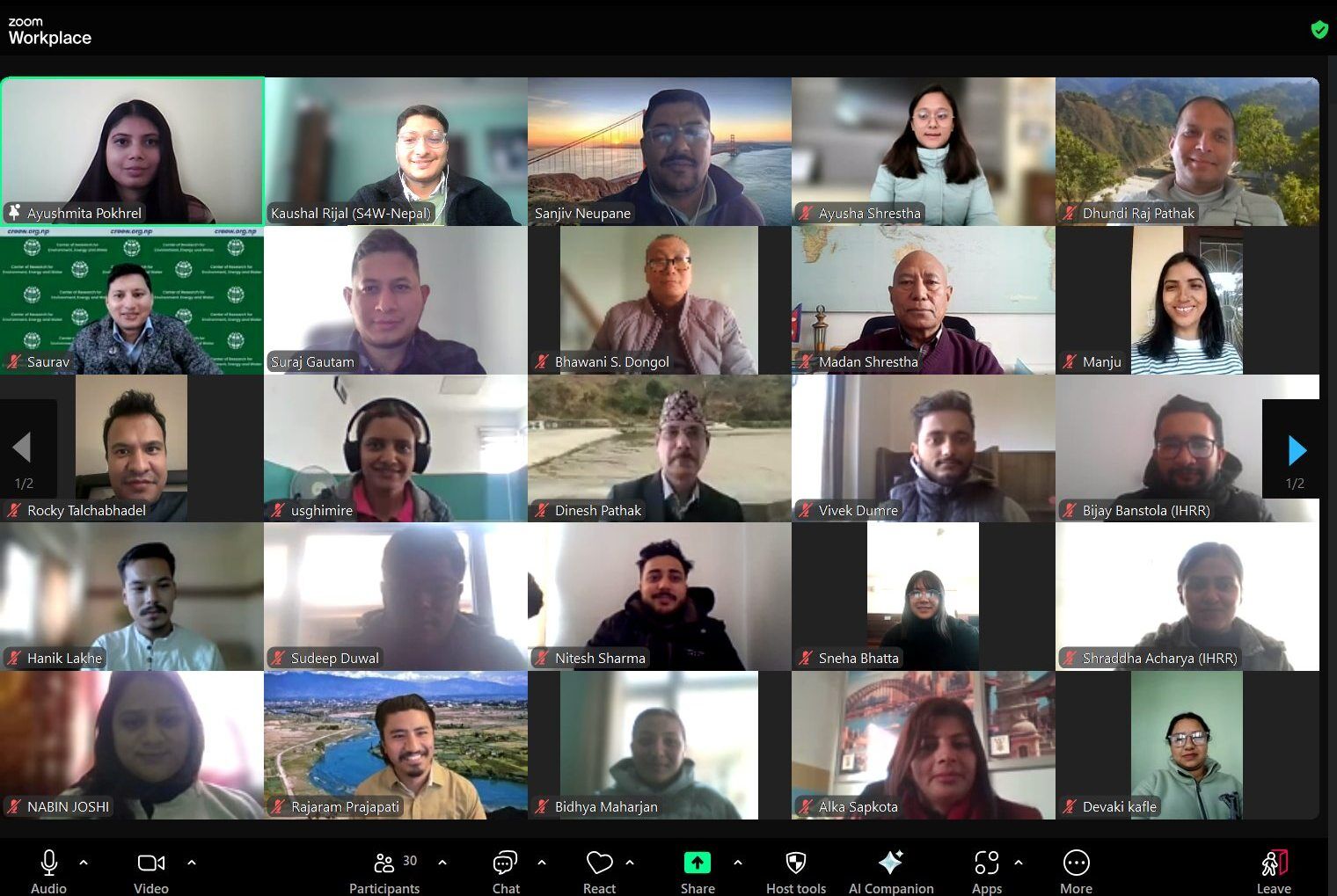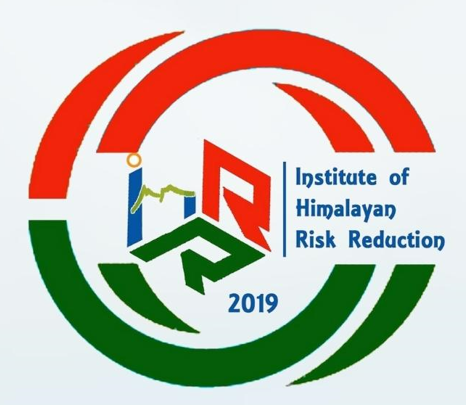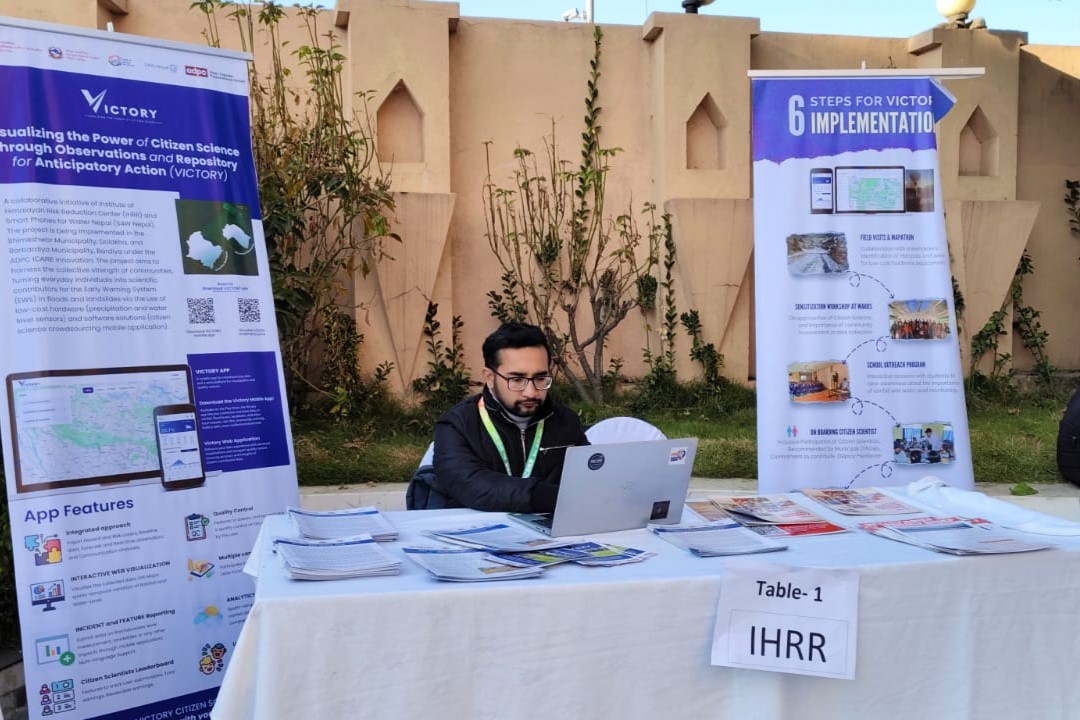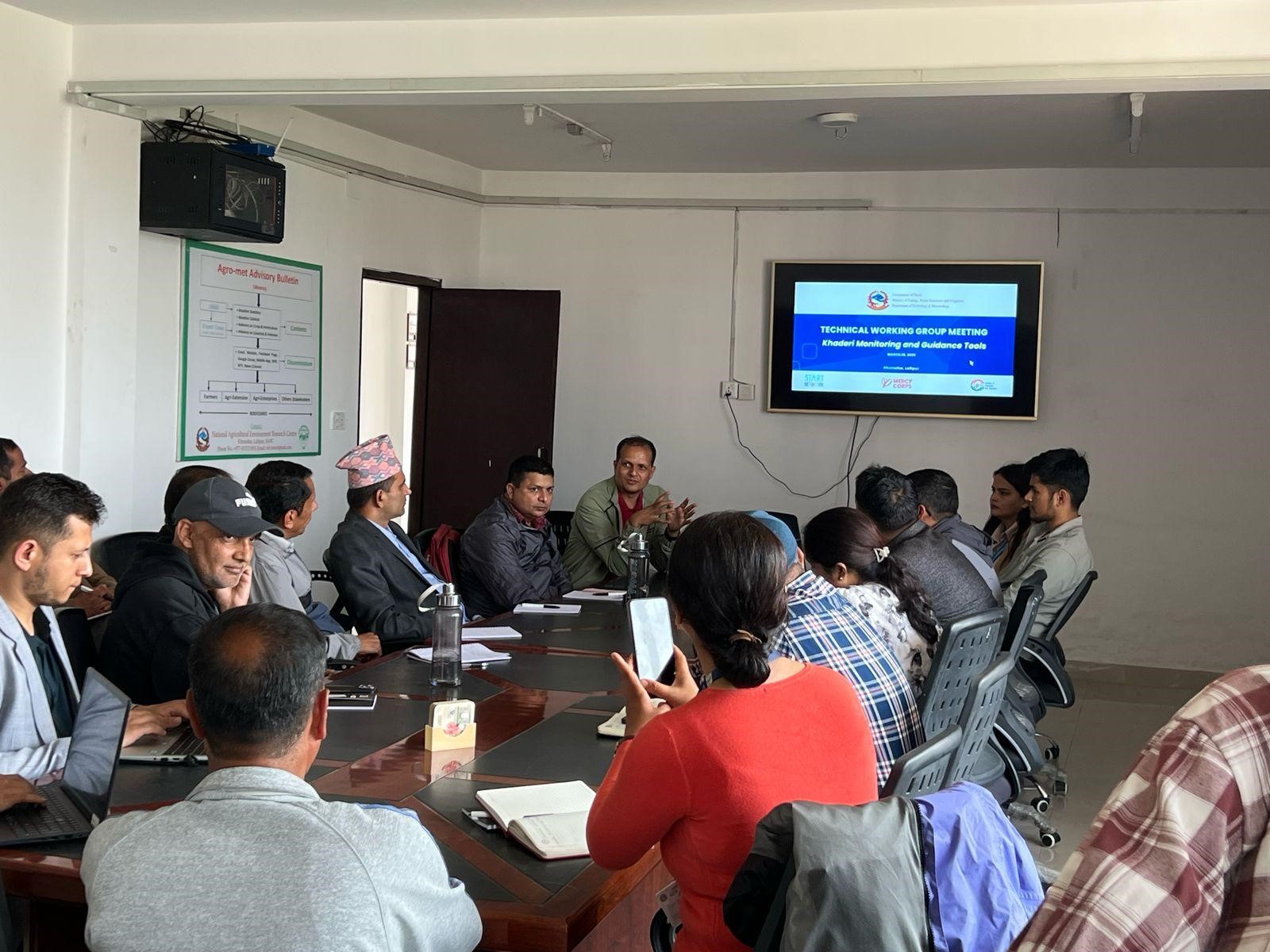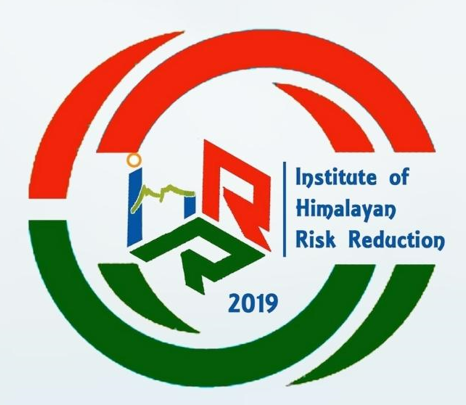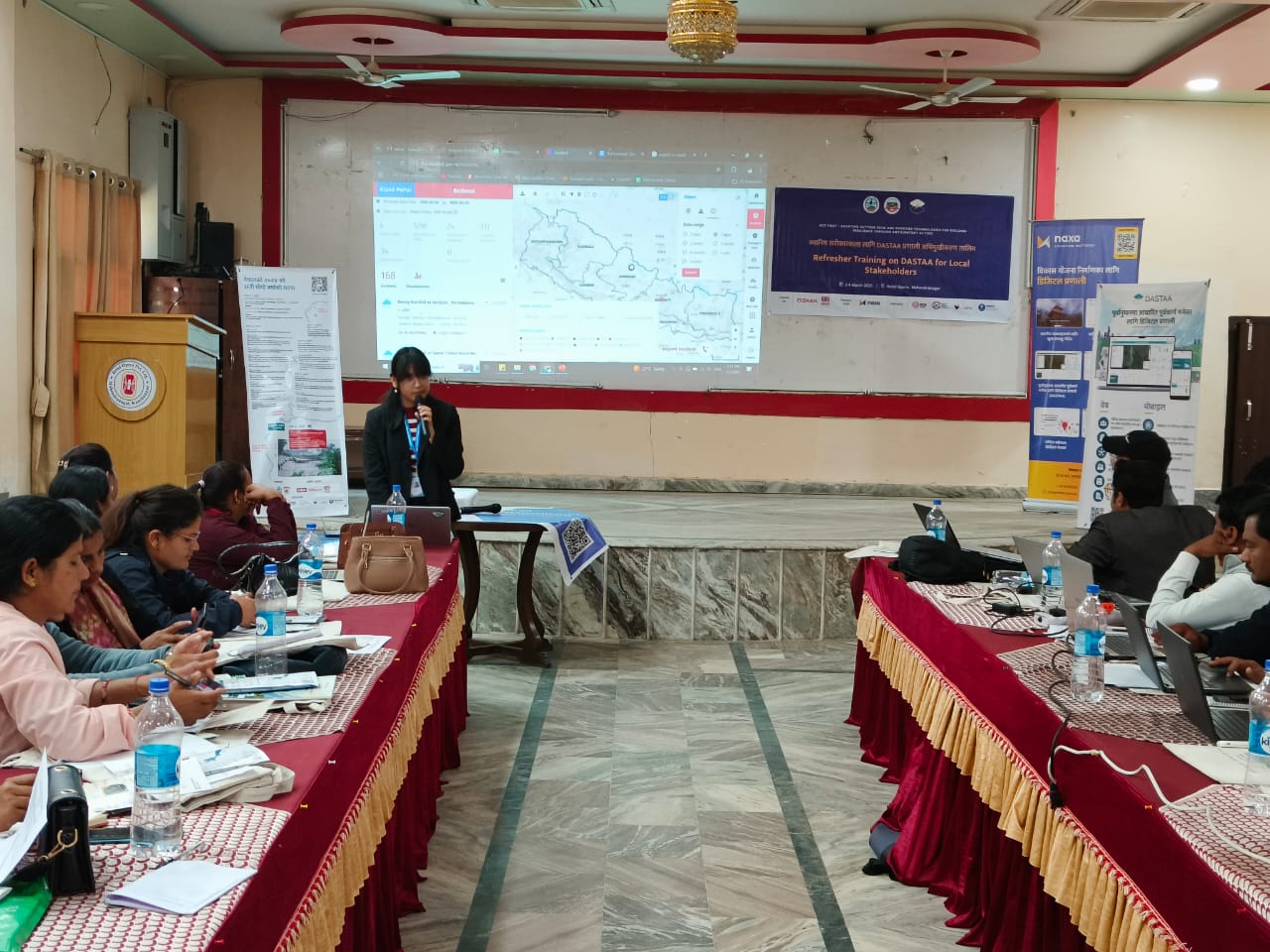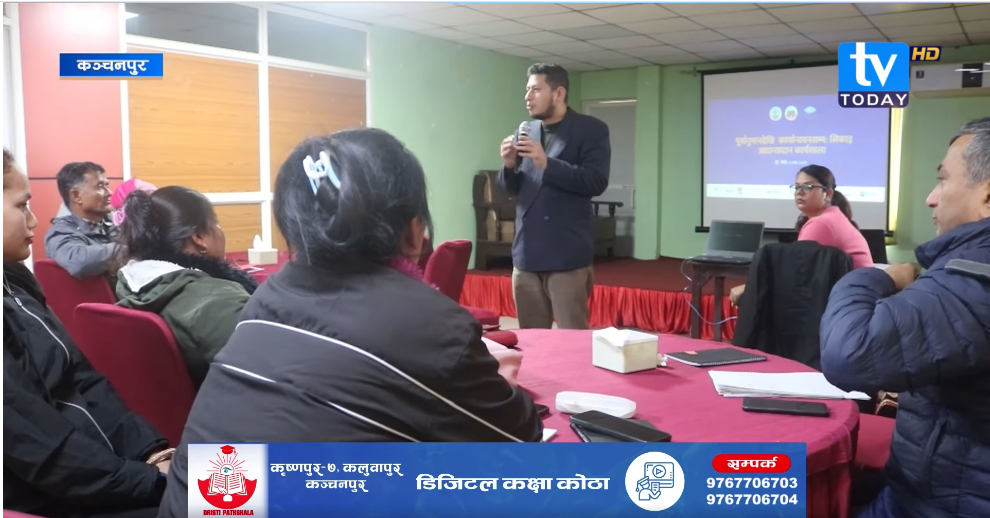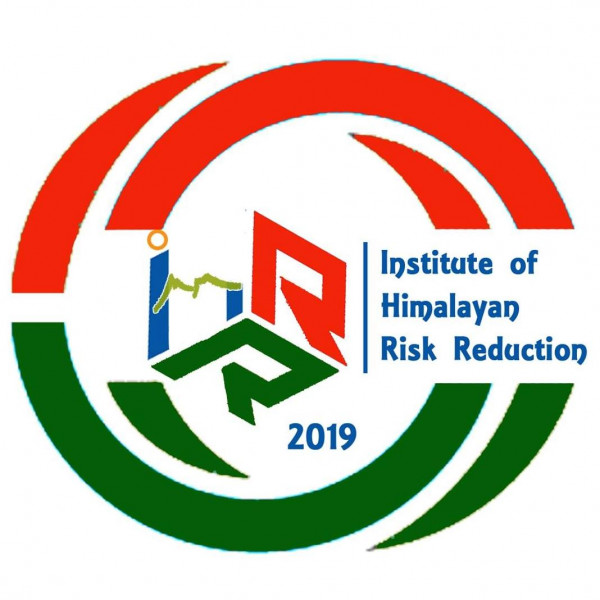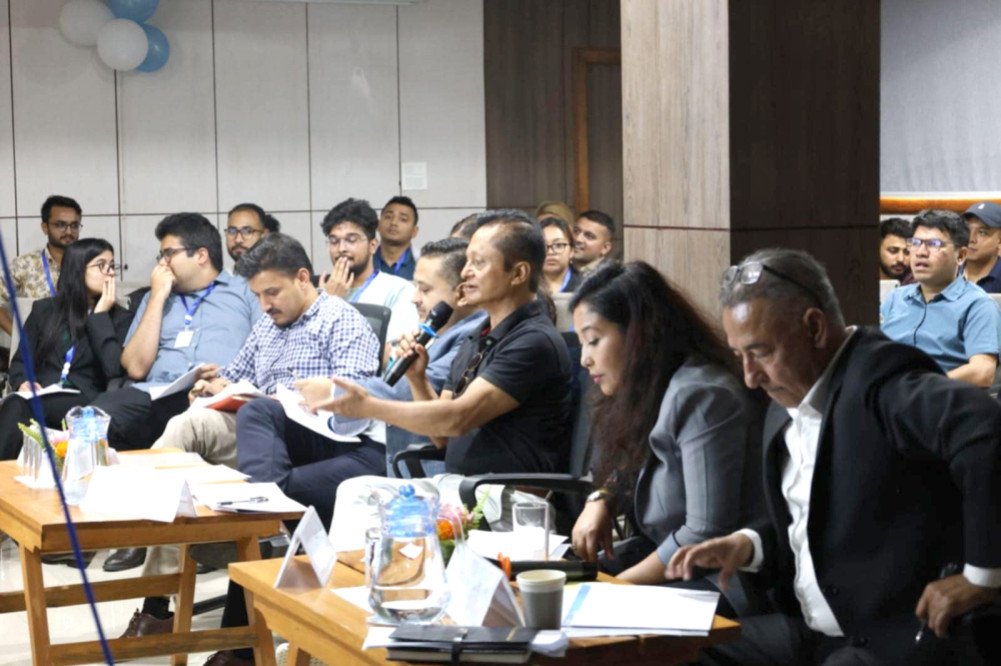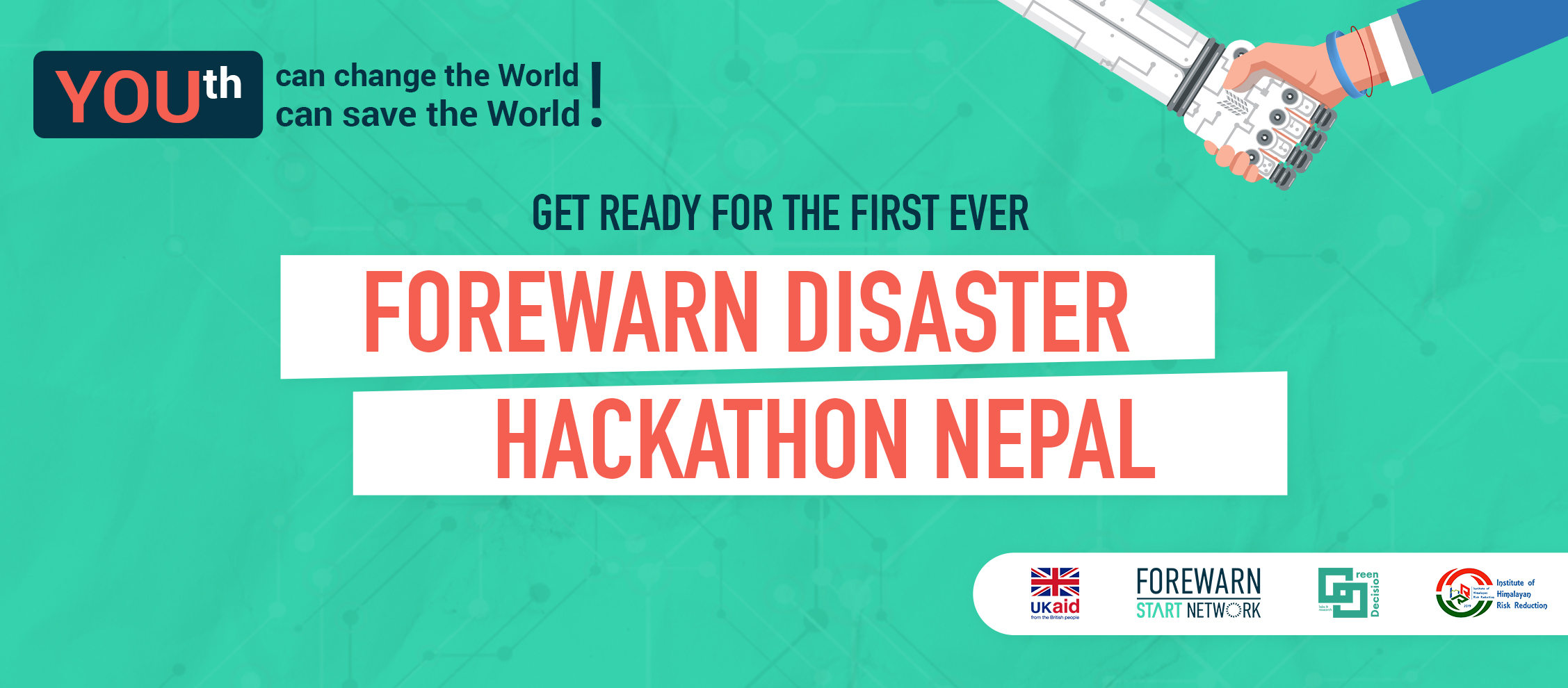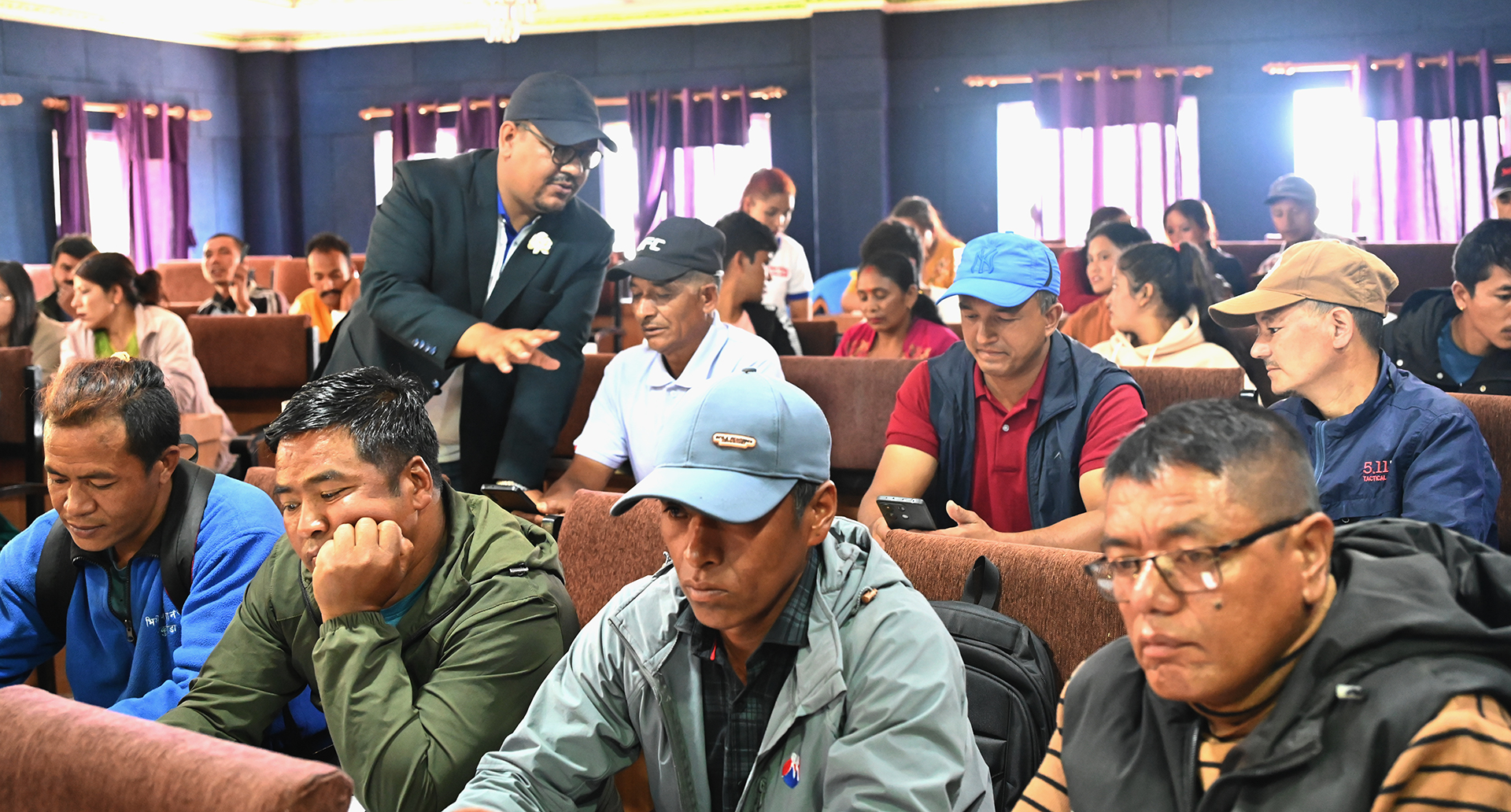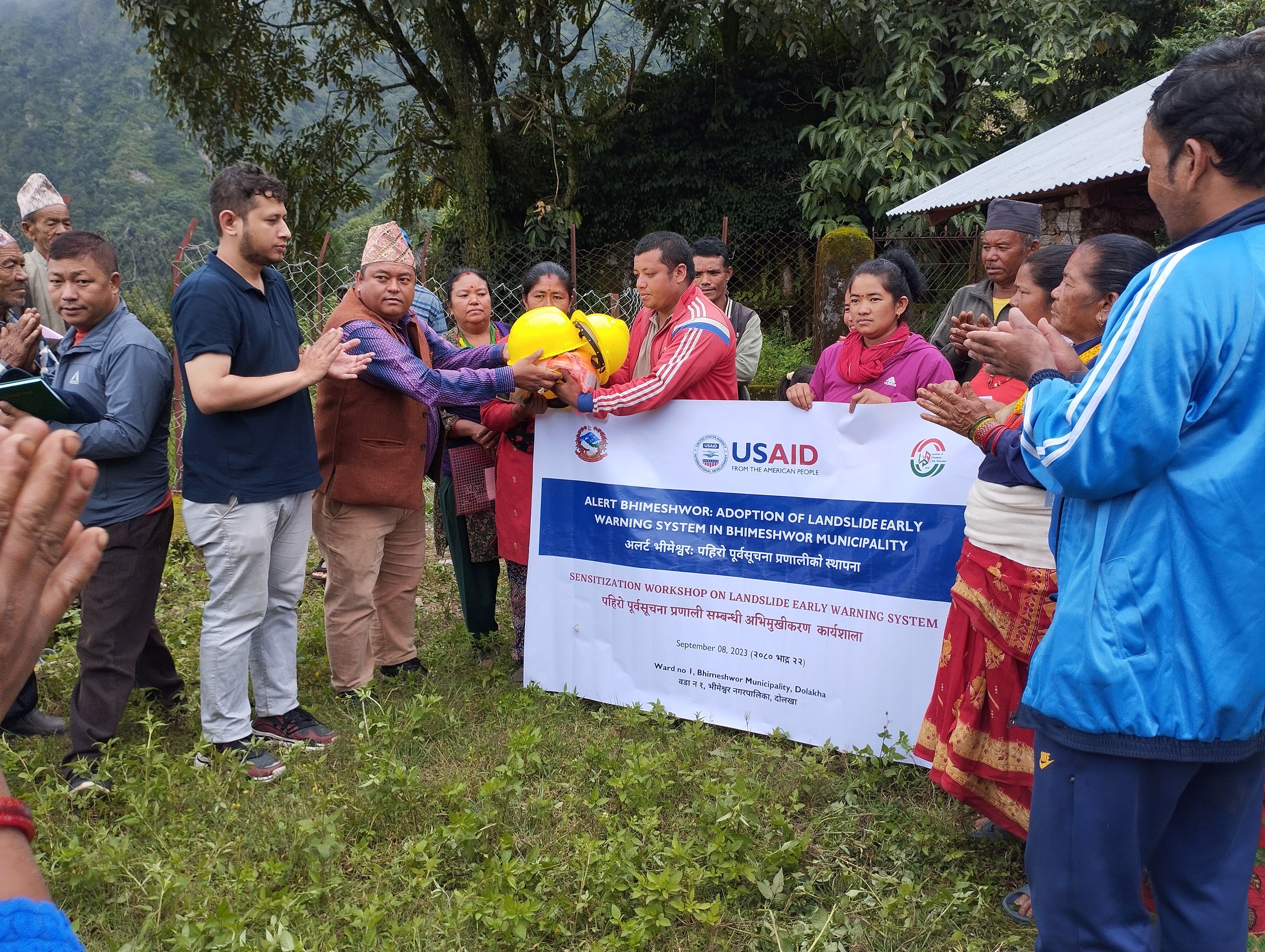

IHRR
May 19,2025
Citizen Scientists Trained in Lamjung and Manang to Strengthen Disaster Preparedness
Dordi and Nashong, May 2025 – As part of the Empowering Communities: Visualization of Citizen Science Contributions in Disaster Risk Reduction (CSDRR) project, the Institute of Himalayan Risk Reduction (IHRR), SmartPhones For Water Nepal (S4W-Nepal), the Center of Research for Environment, Energy and Water (CREEW), Human Development and Community Services (HDCS), and the Central Department of Hydrology and Meteorology (CDHM) at Tribhuvan University, with support from the Asia-Pacific Network for Global Change Research (APN), successfully conducted Citizen Scientist Training events in Dordi Rural Municipality (Lamjung) and Nashong Rural Municipality (Manang).
A total of 57 citizen scientists (42 in Dordi and 15 in Nashong) were equipped with practical skills in rainfall monitoring, risk understanding, and digital reporting. Representing all wards of the two municipalities, these participants were trained in the use of low-cost soda bottle rain gauges. The training emphasized data recording protocols and the use of the VICTORY mobile application for real-time submission and visualization.
In Dordi, the training was facilitated by Executive Director Er. Suraj Gautam, along with Sr. Program Officers Mr. Bijay Banstola and Ms. Pooja Lamichhane from IHRR. Er. Kaushal Rijal from S4W-Nepal introduced the concept of citizen science, underlining its power to decentralize data collection and strengthen local capacity for disaster risk reduction. The program culminated in a formal oath of commitment ceremony, where citizen scientists pledged to actively participate in resilience-building efforts. The event was witnessed by ward chairpersons and the Chief Administrative Officer of Dordi Rural Municipality.
Similarly, in Nashong, the training focused on hazard understanding, vulnerability, exposure, and the significance of community-based early warning systems. The interactive sessions featured practical exercises, local discussions, and demonstrations that promoted community ownership of data and action. Participants gained hands-on experience in installing and managing rain gauges, recording rainfall data, and navigating the mobile app dashboard.
These trainings mark a significant step in the CSDRR project’s mission to bridge data gaps in Nepal’s disaster-prone regions through inclusive, low-tech, and community-led approaches. By mobilizing citizen scientists, the project is setting a precedent for participatory risk monitoring that not only informs early warning systems but also empowers local populations to be proactive agents of change.
